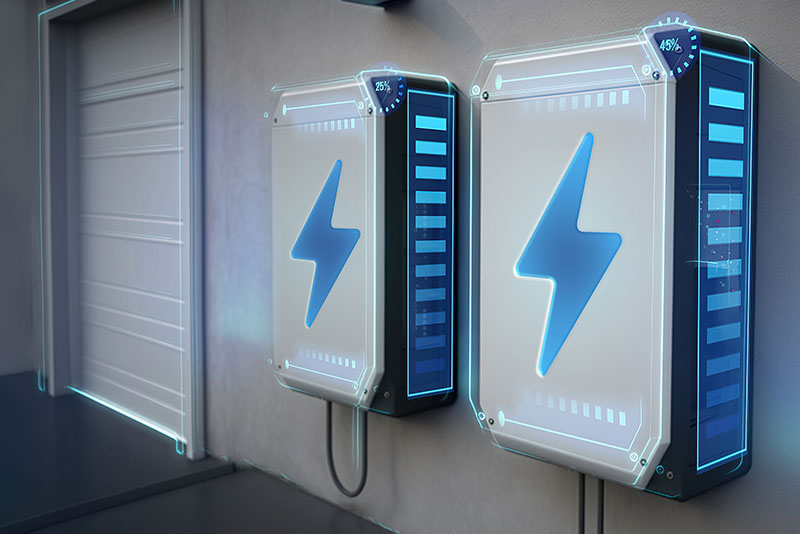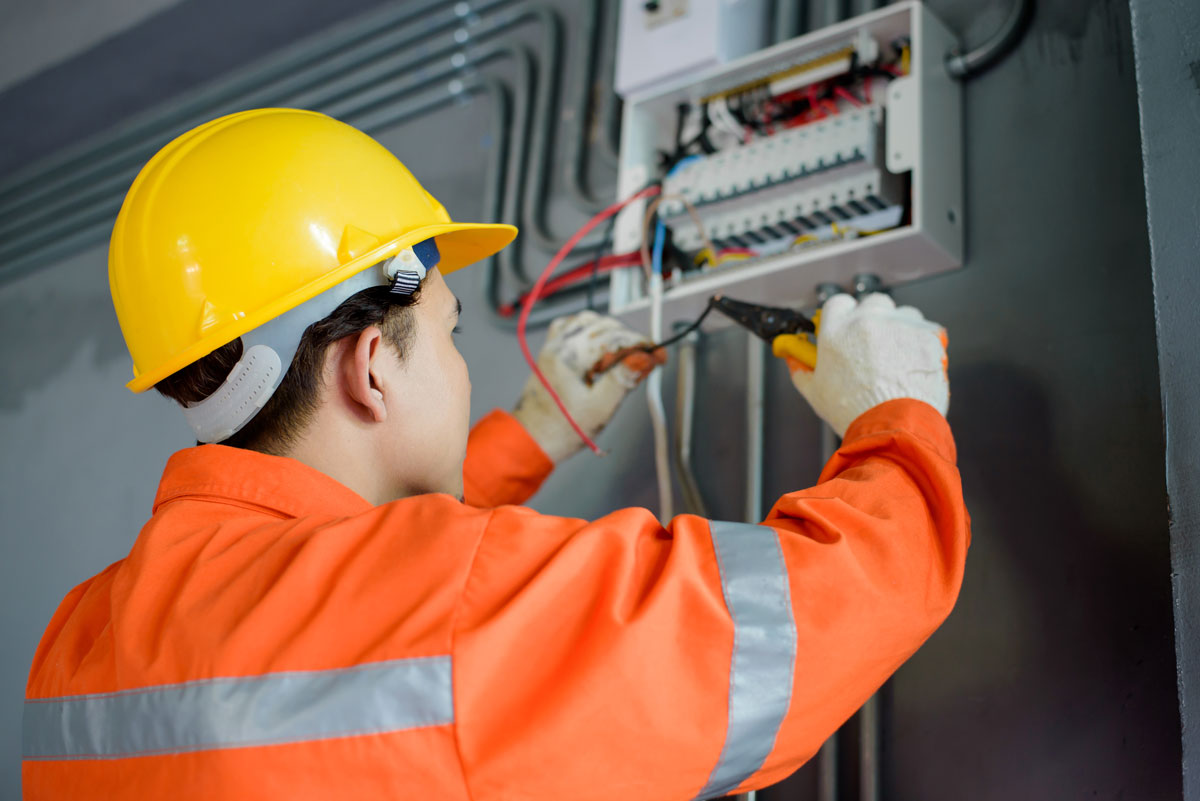
As renewable energy sources become increasingly important, the safety of the battery storage systems being installed in domestic properties is paramount. The introduction of a new Publicly Available Specification (PAS), specifically focused on fire safety in home battery storage installations, is a great move forward for the renewable energy industry. In this blog, we’ll unpack what PAS 63100 covers and affects.
Understanding the basics
At its core, this new standard focuses on the safe installation and operation of Electrical Energy Storage Systems (EESS), particularly systems that use stationary secondary batteries for storing energy at home. These systems are essential for harnessing and storing energy from renewable sources such as solar panels, but they come with their own set of risks, particularly from fires.
Location
One of the primary directives of the PAS 63100 is the recommendation to install battery storage systems outside of living areas. This reduces the risk of fire-related incidents within the main living spaces of a home. If an outdoor installation isn't feasible, the standard specifies that EESS systems should be situated in non-living areas, and should be adequately isolated from the home's main areas and escape routes, ensuring the occupants have a clear path to safety in an emergency.
Sunlight/Heat
Exposure to direct sunlight and high temperatures can significantly increase the risk of a battery fire in an energy storage system. The new standard mandates that battery storage systems should be installed in shaded areas out of the direct heat of the sun, and away from other sources of heat, such as boilers or stoves. This precaution helps the system to function at its best, whilst also mitigating the fire risks.
Fire Safety Measures
Recognising the potential fire risks associated with lithium-ion batteries, the standard emphasises the importance of fire detection and alarm systems. For systems installed within a home, the standard recommends that there should be a method of fire detection close to the system, integrated with the property’s main fire alarm system, to ensure occupants are notified of a fire as soon as possible, and can act quickly to protect themselves and the property.
Professional Installation
The complex nature of these systems, combined with the requirements of PAS 63100, make it clear that these systems should be installed by a professional. A professional installation should ensure that the installation complies with the latest legislation, minimising the risk of faults through installation errors.

Here are our answers to 3 key questions that you may have about PAS 63100:
How do I work out where to install a home battery storage system?
- Choose an area protected from direct sunlight or heat, as heat can impact the battery performance and increase fire risks.
- Where possible, utilise existing structural and environmental features for natural ventilation and cooling, and make sure the system is accessible for maintenance without compromising escape routes.
- Integrate fire detection in such a way that occupants will be alerted in a fire situation.
These actions are crucial to mitigate the risks that come with battery storage systems and are especially important to consider in compact or unconventional building layouts.
How do I ensure battery enclosures comply across different setups?
It’s important to recognise that one size does not fit all. You need to consider factors like battery type, battery capacity, and the environmental conditions of the installation site to select the best enclosure for any specific setup.
Also, ensure that the enclosure offers proper ventilation, is fire resistant and can contain any potential fire for a reasonable amount of time, to allow occupants to escape to safety.
Can I integrate new systems with existing electrical and fire safety setups?
The key action is to understand the existing electrical and fire safety systems to be able to identify limitations or problems with compatibility. This will involve reviewing the capacity of the existing systems and making sure that required upgrades are completed ahead of the new EESS being installed.
This could typically involve:
- Upgrading electrical panels
- Installing a new fire alarm system to link to the detector associated with the EESS
- Checking that escape routes are clear or advising occupants of changes to escape routes if necessary (avoid changing escape routes unless you need to)
Disclaimer
The Firechief® range includes high-performance fire extinguishers, fire blankets, first aid kits, lithium-ion fire extinguishers and the Kitchen Stove Guard. For more information, call us on +44 (0)330 999 0019 or email sales@firechiefglobal.com.
This blog is provided solely for general informational and educational purposes, not intended as a substitute for professional advice. Before taking any actions based upon this information, we advise to consult any and all relevant statutory or regulatory guidance. Where necessary consult a qualified fire or industry regulation professional. The use or reliance on any information contained herein is solely at the reader's risk.

